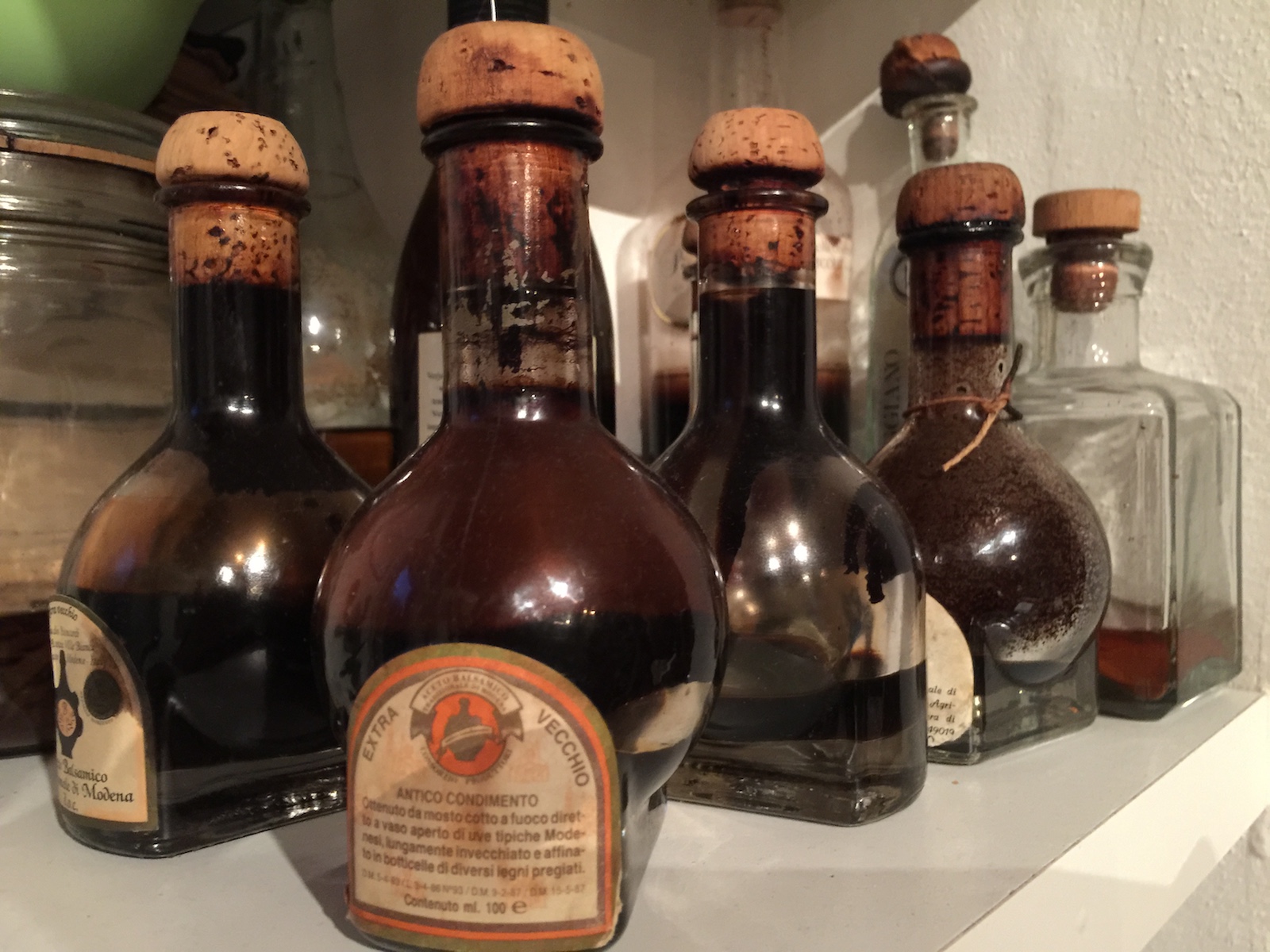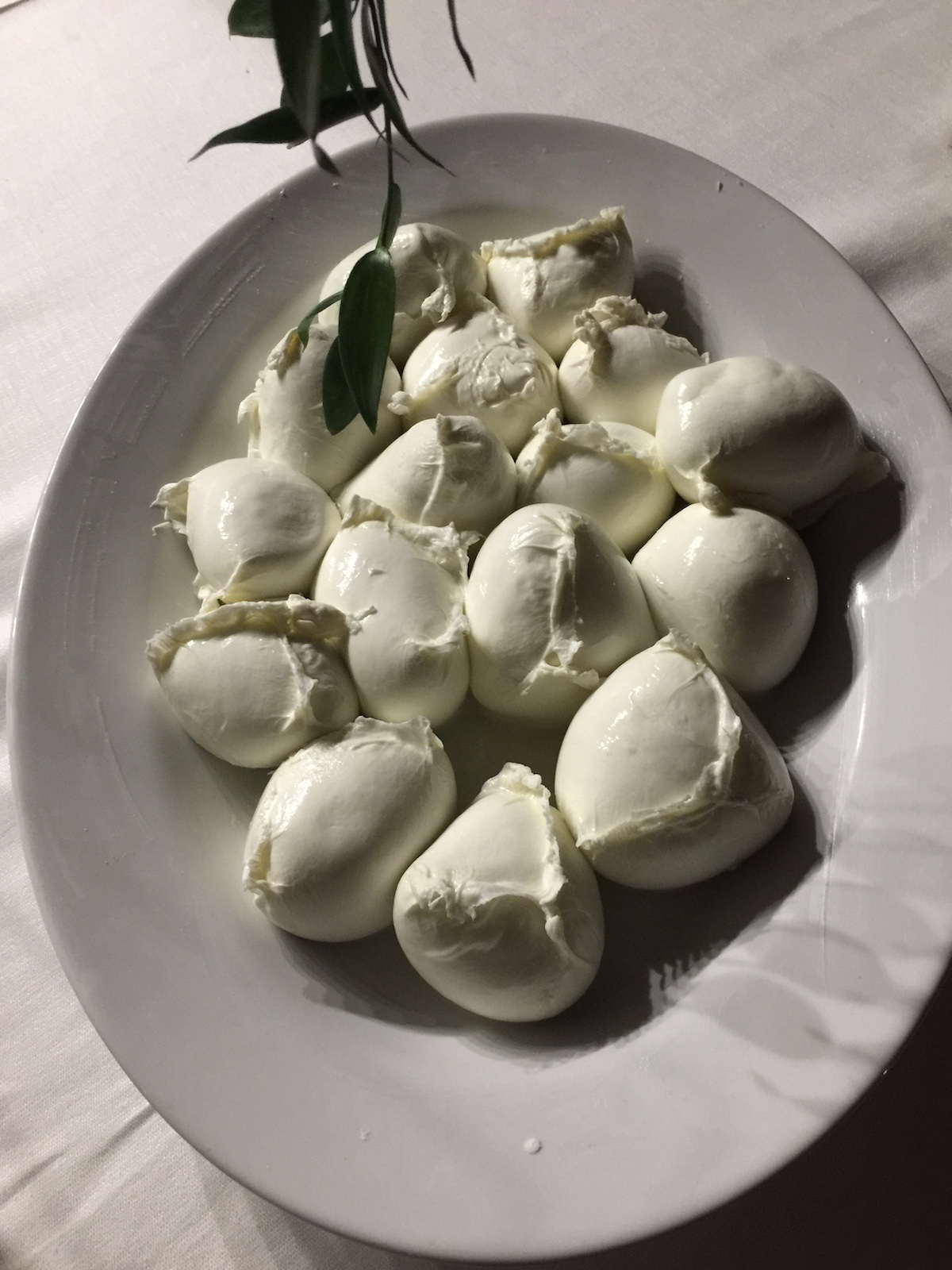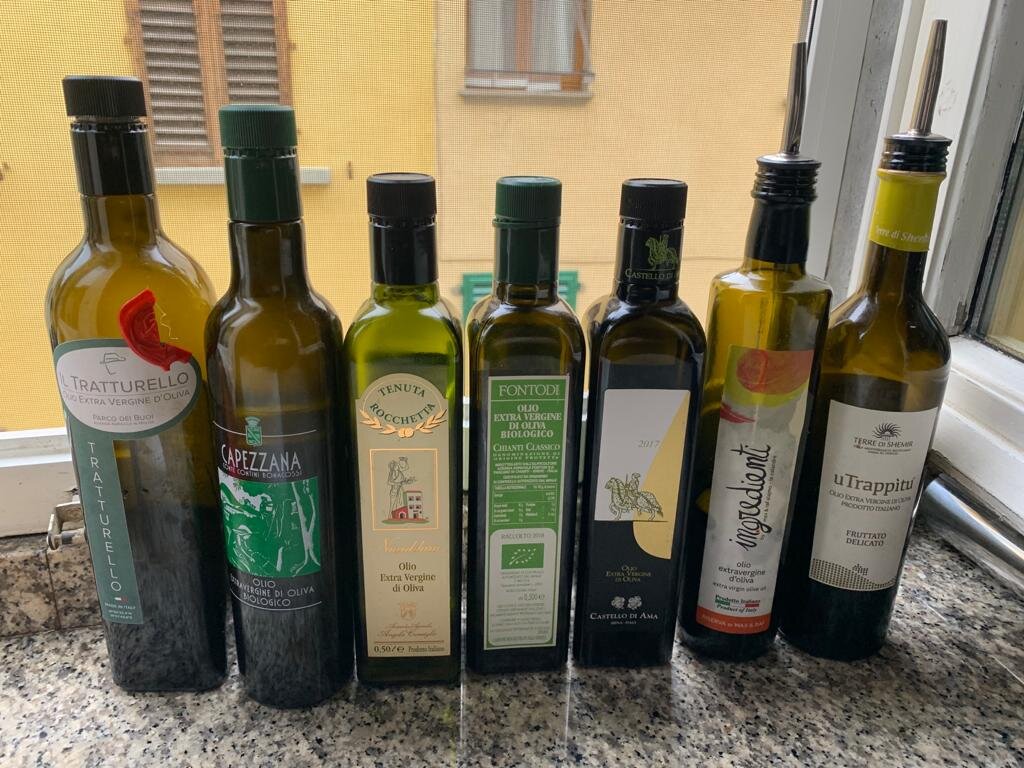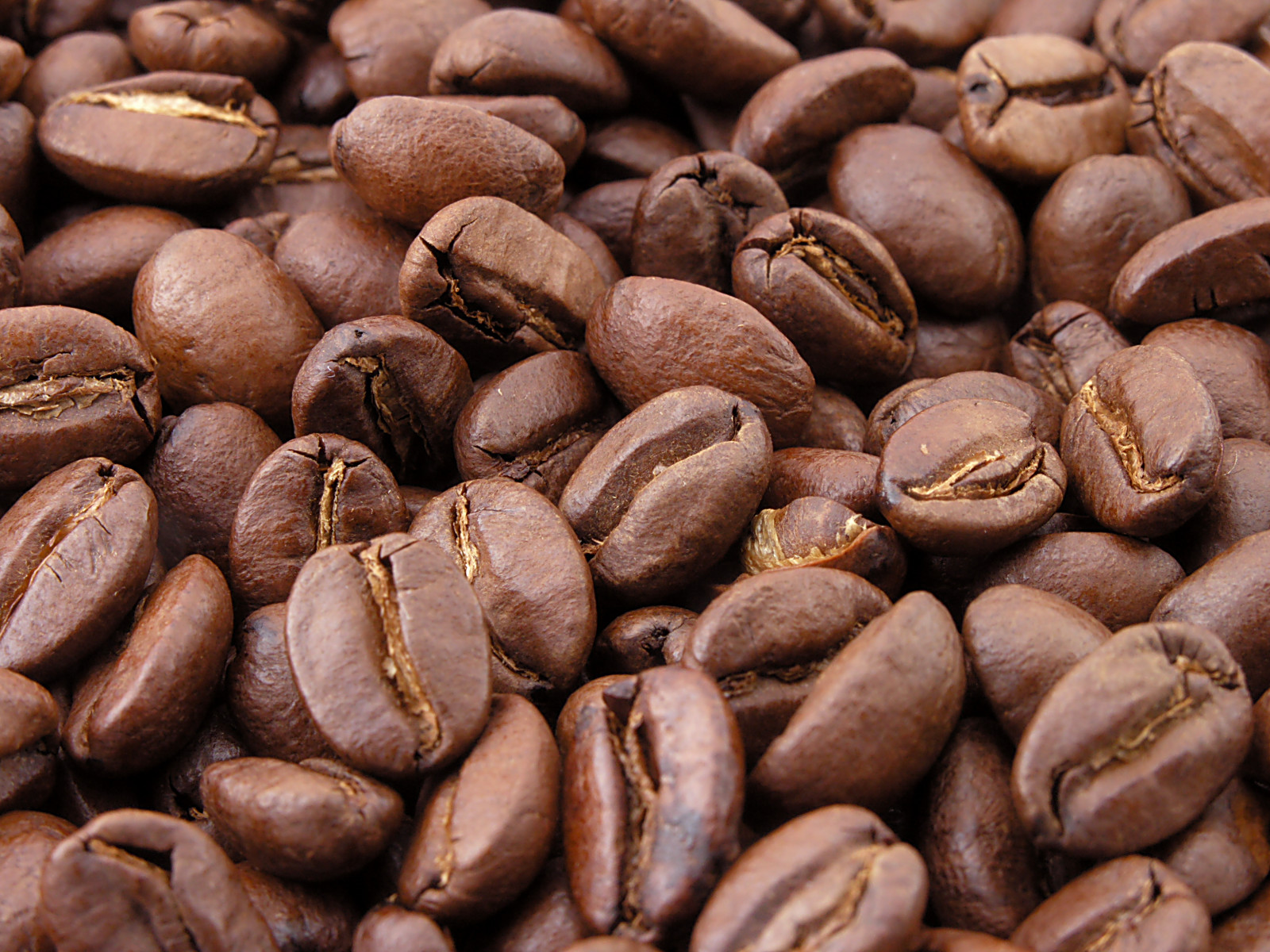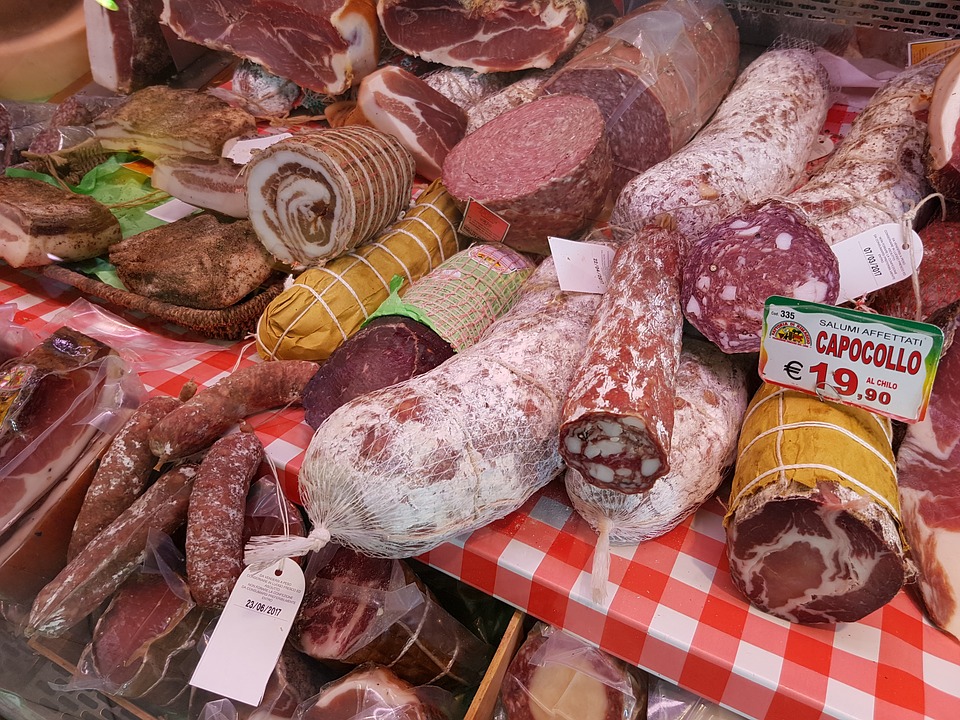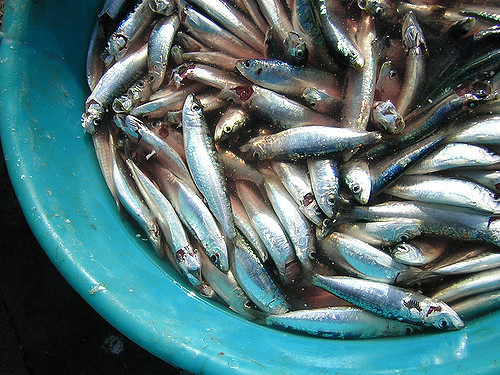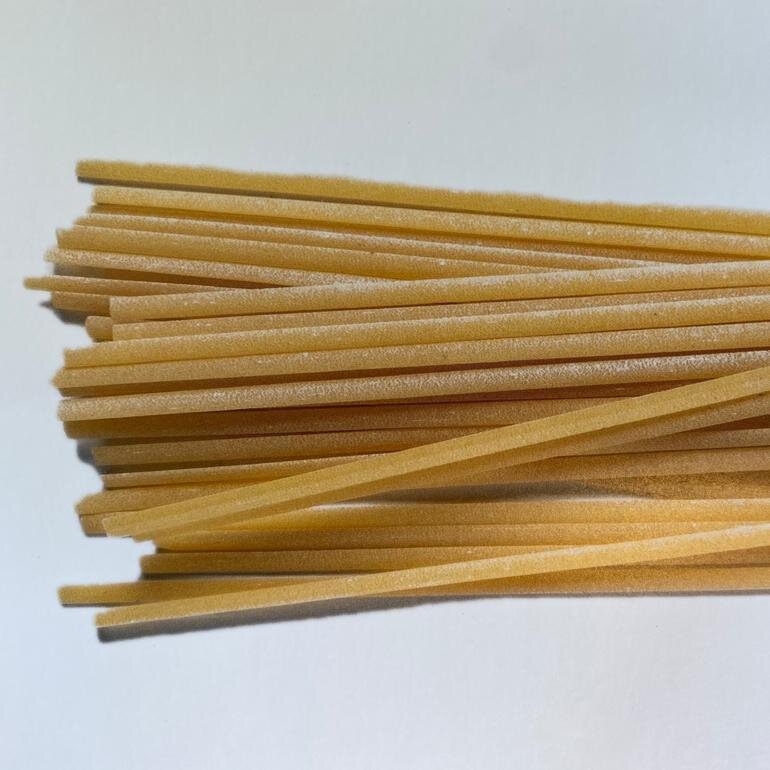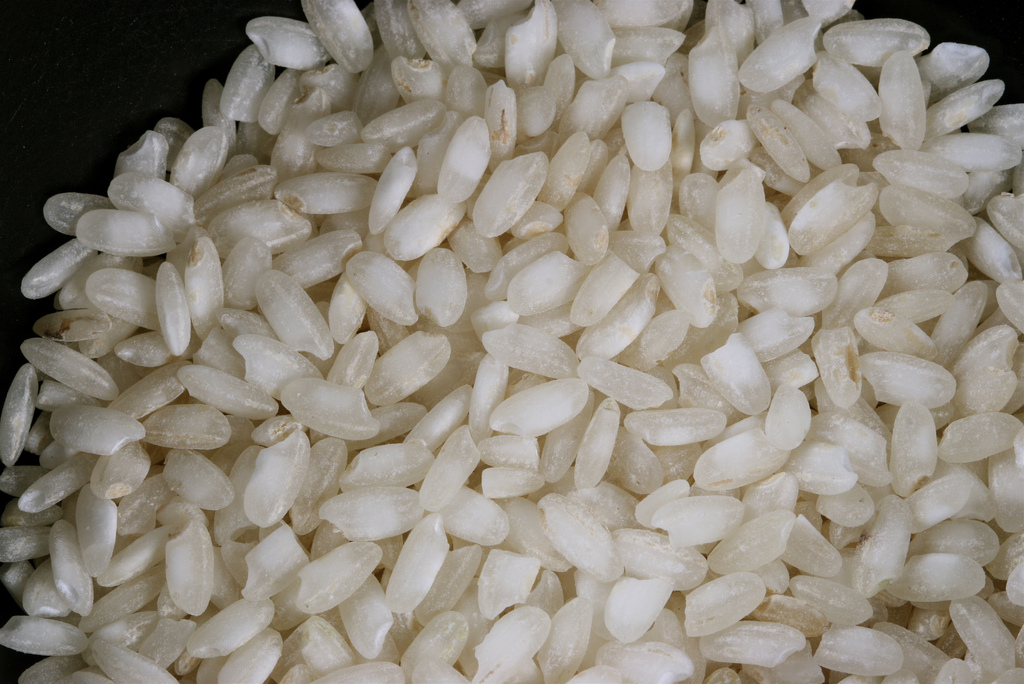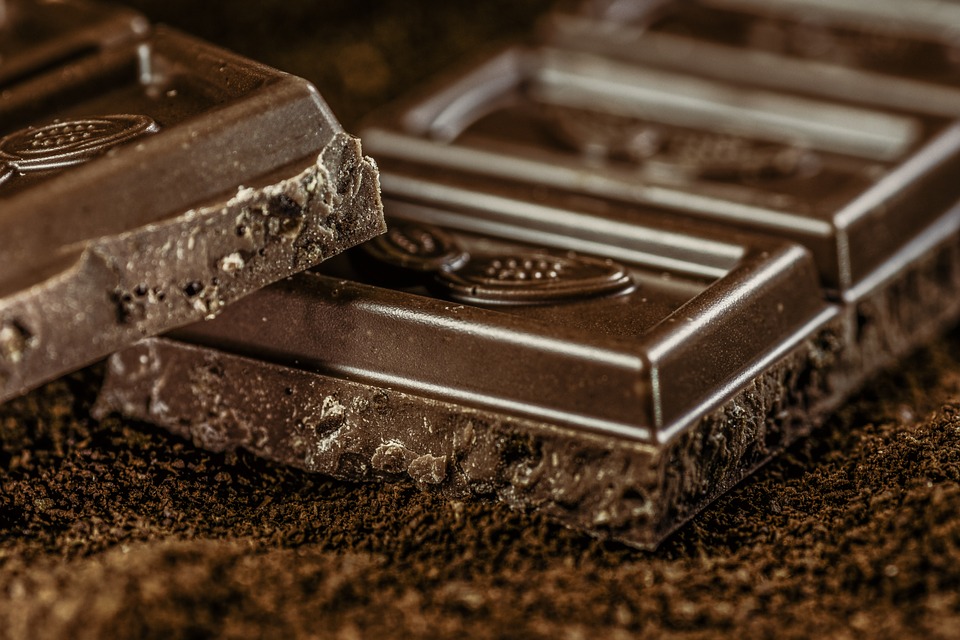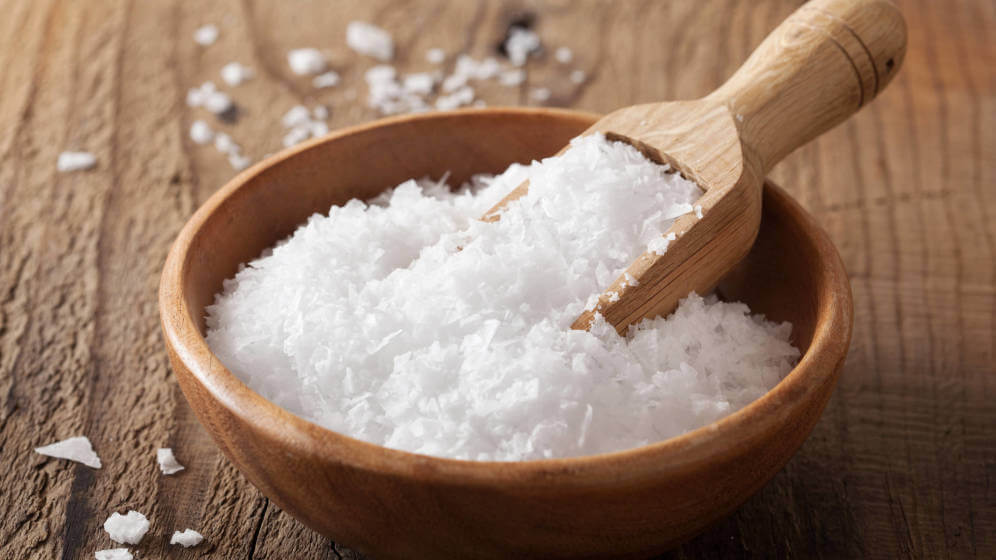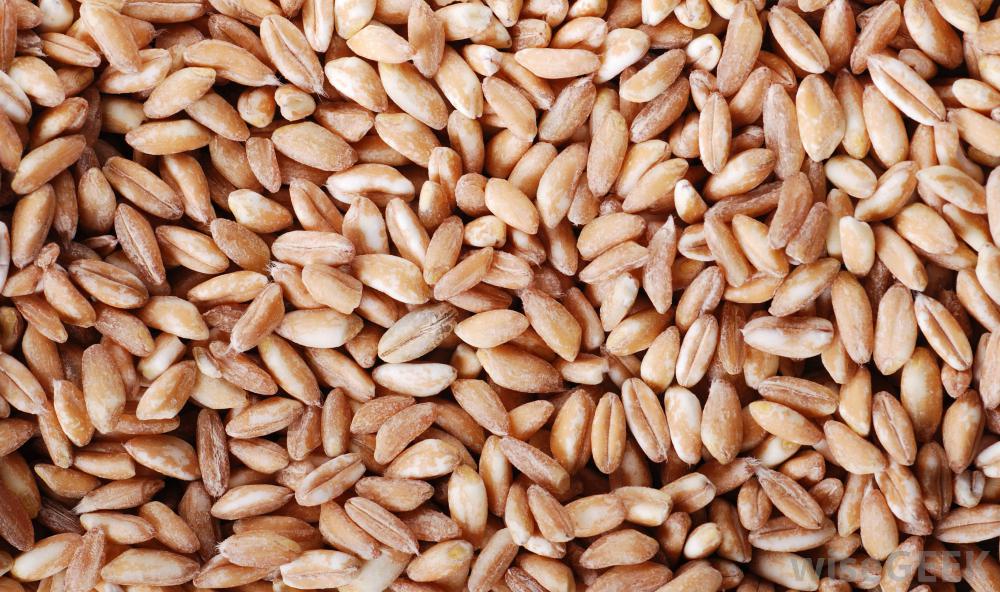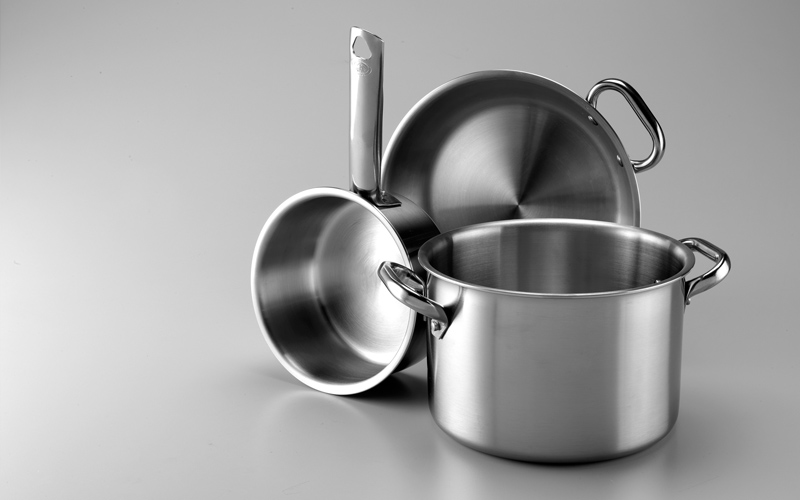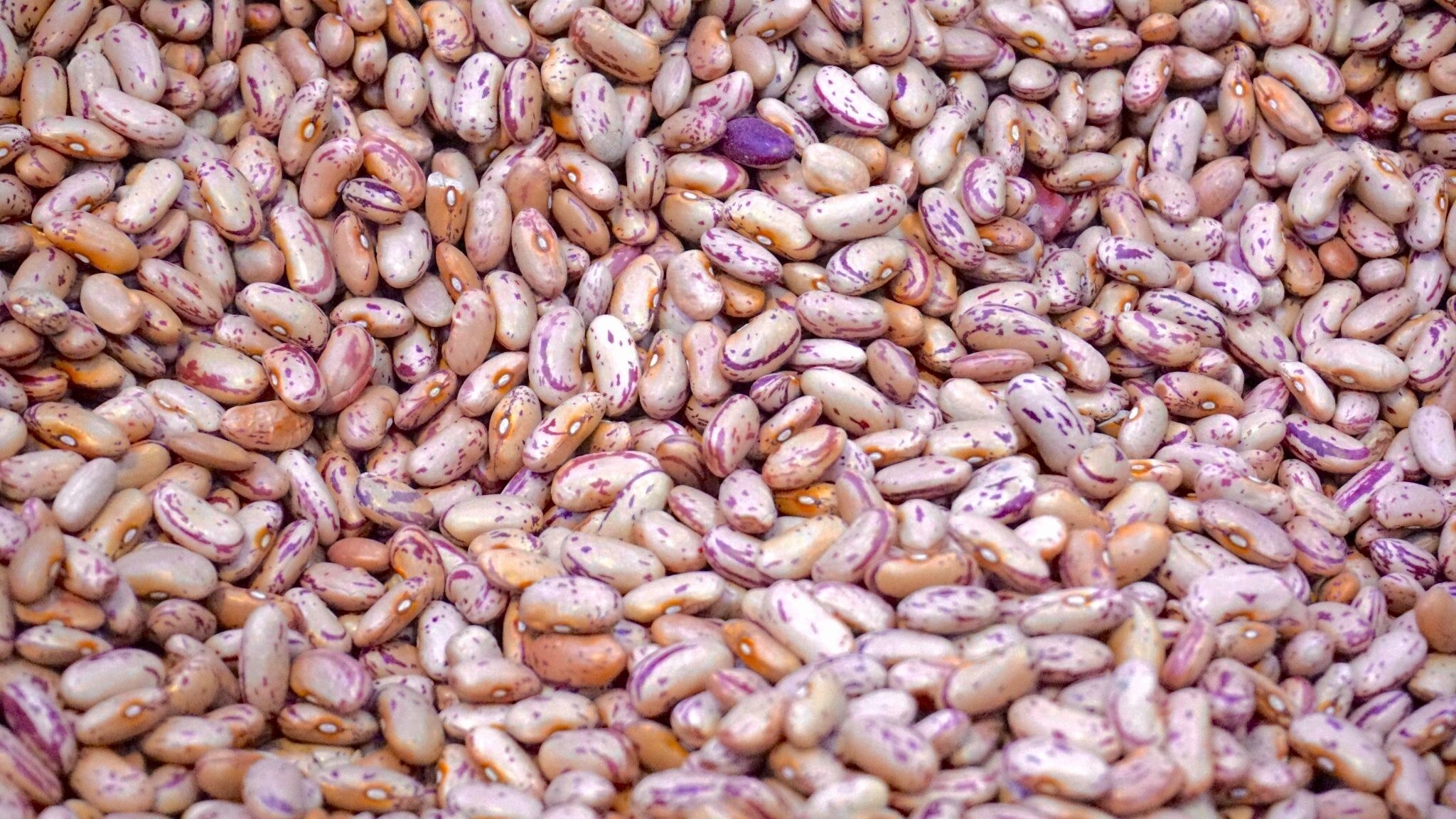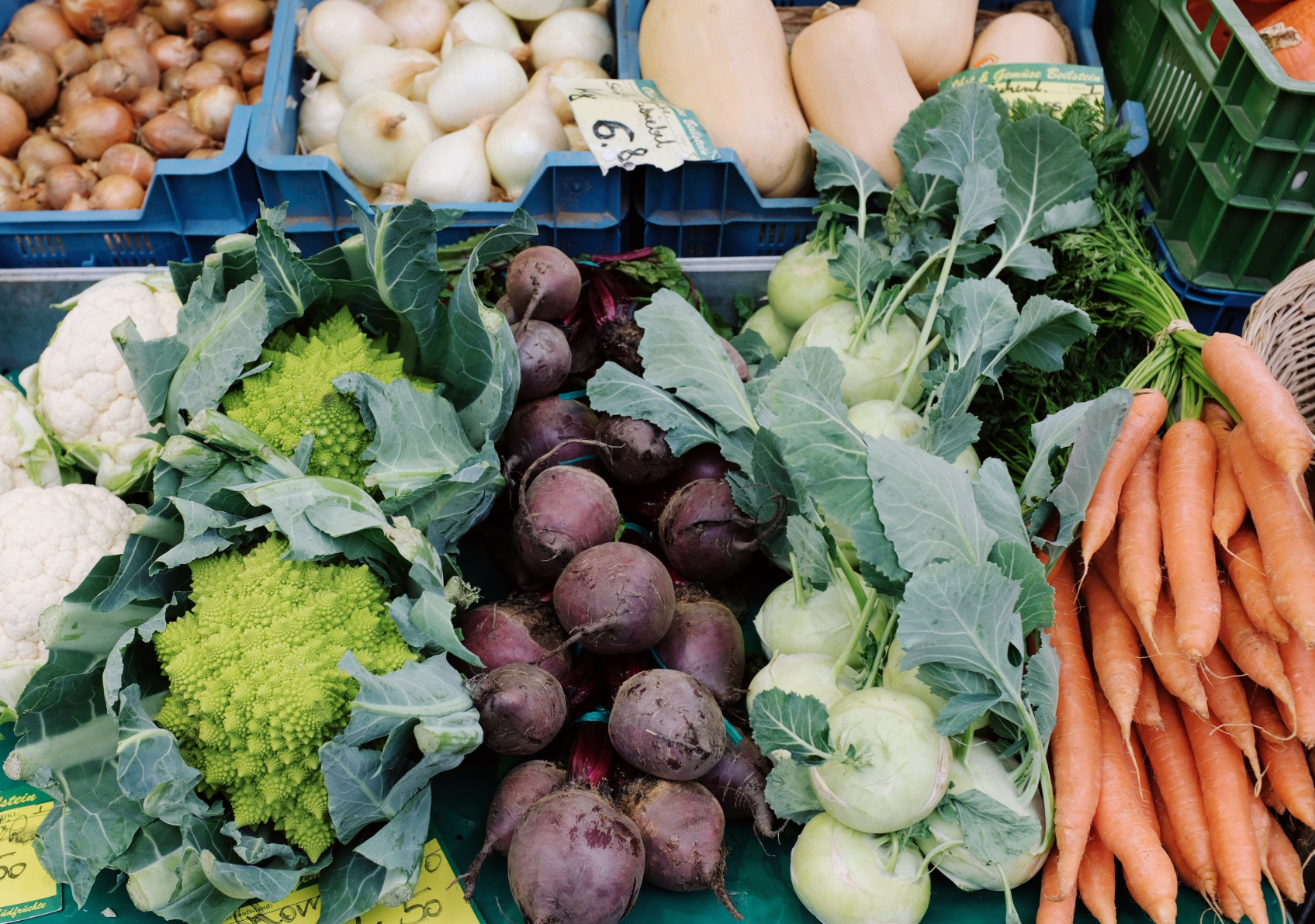I’m a pasta fanatic. Superb fresh pasta, made with soft wheat and eggs, at its best hand-rolled with a wooden pin on a wooden board, quite different from the stuff smashed between stainless steel rollers, which will have a totally different, slippery texture when cooked. The great stuff is difficult to find and I lack the skill of a sfoglina hand roller. I order it when I’m in the zone or know that someone is rolling on wood, with a pin.
I’m in love with dry pasta, made with hard durum wheat and water. But there’s a huge difference between industrial pasta, extruded from Teflon dies, quickly dried, resulting in a slick surface, and the good stuff, extruded from bronze or brass dies, slowly dried, with what looks like a sanded surface, which, when cooked, gives the sauce something to hold onto. My favorite brands are Pastificio dei Campi and Di Martino, although I also enjoy Gemme del Vesuvio, Vicidomini and Gerardo di Nola, all from Campania, Benedetto Cavalieri (buy from here in the US) from Puglia and Verrigni from Abruzzo. All, made from quality wheat that when cooked, result in a more delicious, al dente product. I order my pasta directly from the producer when possible, by the case--always ready for unexpected guests and hostess gifts. Be prepared. Contact producers and tell them I sent you.
Peppe Guida is known as the pasta whisperer. He achieves glory with minimal, first-rate ingredients. I’ve learned a great deal from watching him in his open kitchen in Montechiaro. You can too, with his videos on YouTube. His tomato-sauced spaghetti is known as “la devozione” and I’m a devotee, because it’s simply the best. His double-starch soups made with pasta mista—pasta and chickpeas, pasta and potatoes are fantastic. Spaghetti with lemon zest water and Provalone is spectacular, hint of lemon, creamy without the heaviness of cream. But possibly the greatest pasta magic that Peppe performs is for pasta “arruscata”, roasted, leftover pasta formed into a layer in a non-stick pan, browned on both sides (see recipe below). When it’s made with leftovers from the following recipe it may make you forget about mac and cheese.
Spaghetti with lemon water and Provolone
serves 2-3
Each brand of pasta absorbs water and releases starch differently. So timing and water quantities will vary. Practice makes perfect.
Note: The lemon water needs to be prepared a day in advance. If your lemons aren’t as flavorful as Peppe’s you might want to chop a small strip of zest into the pasta.
2 organic lemons, carefully washed
600 ml water
180 gr spaghetti
50 gr Provolone, grated (Peppe uses fresh Provolone del Monaco from his area)
Extra virgin olive oil
Salt and pepper
Peel the lemons, add to the water and macerate overnight.
Eliminate the lemon zest from the water and pour into a wide skillet. Bring a large pot of water to a boil and lightly salt. Bring the water in the skillet to a slow boil. Add the spaghetti with a bit of fresh lemon zest to the large pot of water and cook for 3 or 4 minutes or until the spaghetti bends easily. Remove spaghetti (keep this water simmering because you’ll need it) and transfer to the skillet of lemon water, add a drizzle of extra virgin and cook, shaking the pan, stirring gently. When water is mostly evaporated add more as needed from the pasta pot. The starchy water will form a silky sauce. When the spaghetti is al dente stir in the cheese, remove from heat, add another drizzle of extra virgin, pepper and serve. Peppe twirls the pasta on tweezer-tongs (I use a fork) in a ladle for a beautiful presentation.
Pasta Arruscata - “Roasted” Pasta
Drizzle a little extra virgin in a non-stick pan. Cover the pan with a layer of leftover lemon water and provolone pasta (or whatever pasta you have leftover). Cook until browned, turn over to brown the other side. Serve hot. Or even at room temperature.
Also in the Pantry...
Share this article
